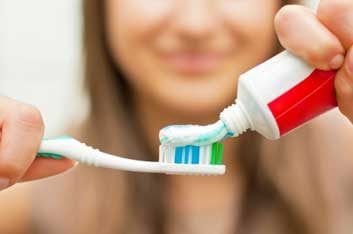
Toothpaste ingredients 101
How much do you know about the product you’re putting in your mouth? The eight ingredients that follow are commonly listed on tubes of toothpaste. Can you guess what they are and what they’re designed to do for your teeth?

Fluoride
Yes, we’re starting with an easy one. (Don’t worry – it gets tougher!) Fluoride in toothpaste has been proven to (choose one):
a) prevent and fight cavities
b) rebuild tooth enamel
c) reduce acid erosion
d) all of the above
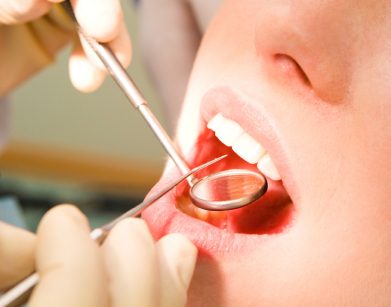
Fluoride
Answer:
d) Fluoride does fight cavities, and it also helps rebuild tooth enamel and reduce acid erosion of your teeth. On your toothpaste label, fluoride may be listed as sodium fluoride, stannous fluoride or sodium monofluorophosphate.

Propylene glycol
a) reduces water loss from the toothpaste
b) helps the toothpaste stick to your teeth
c) keeps the ingredients mixed together
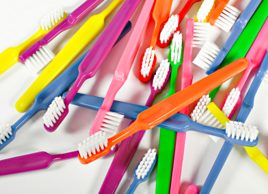
Propylene glycol
Answer:
a) Propylene glycol keeps your toothpaste from drying out; it falls under the “humectant” category of ingredients. Other humectants that you might find in toothpaste include glycerol and sorbitol.

Triclosan
a) contributes artificial flavour
b) gives your toothpaste a smooth consistency
c) helps prevent plaque and gingivitis

Triclosan
Answer:
c) Triclosan is an antibacterial agent that helps prevent plaque, a sticky film on your teeth that can lead to tooth decay. Triclosan also fights gingivitis, a gum irritation caused by plaque. And as a bonus, it can reduce bad breath.

Potassium nitrate
a) is a tooth-building mineral
b) is a tooth desensitizer
c) is a tooth whitener
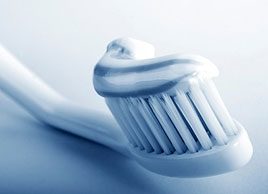
Potassium nitrate
Answer:
b) Potassium nitrate works as a desensitizing agent by reducing the pain response of your nerve endings. It’s often used in toothpastes marketed for sensitive teeth. Strontium chloride is another toothpaste ingredient that reduces sensitivity. This substance works by blocking the tiny tubules that connect to the nerve in the tooth’s core.

Sodium phosphate
a) is a flavour enhancer
b) is a mild abrasive
c) kills germs inside the mouth
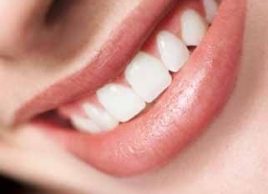
Sodium phosphate
Answer:
b) Sodium phosphate is a mild abrasive, scrubbing food particles and surface stains from your teeth while you brush. Other abrasives you might find in your toothpaste include calcium carbonate, dehydrated silica gels, hydrated aluminum oxides, magnesium carbonate and silicates.

Xanthan gum
a) is a thickener
b) is a surface polisher
c) is a type of artificial colouring
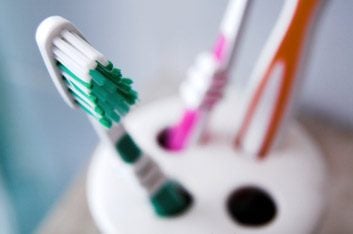
Xanthan gum
Answer:
a) Xanthan gum is a thickening agent that’s added to the toothpaste to bind together and stabilize all the other ingredients. Mineral colloids, seaweed colloids and synthetic cellulose are all thickeners, or binders, as well.

Sorbitol
a) strengthens tooth enamel
b) reduces gum inflammation
c) is a sweetener

Sorbitol
Answer:
c) Notice your toothpaste tastes pretty appealing? Of course it wouldn’t do to add sugar to an oral health product, so manufacturers use artificial sweeteners like sorbitol and saccharin. Xylitol is a natural sweetener that is also used in some toothpastes.

Sodium lauryl sulfate
a) is a foaming agent
b) helps your toothpaste dissolve in water
c) keeps your toothpaste from clumping
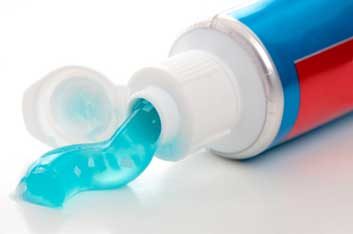
Sodium lauryl sulfate
Answer:
a) Sodium lauryl sulfate (SLS) is a detergent that makes toothpaste turn foamy as it’s used. SLS is also in many other personal products, such as shampoo, bubble bath and shaving lotion. Cocamidopropyl betaine is another kind of foaming agent you might find in toothpaste.
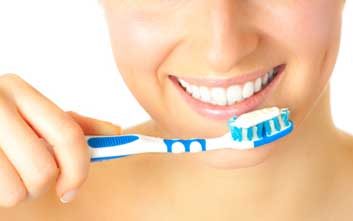
How’d you score?
How many did you guess right? Your toothpaste likely contains quite a wide range of exotic-sounding ingredients. They may not all be easy to pronounce, but each one is there for a purpose.
Whether you scored high or low, what’s most important is that you’re using your toothpaste – at least twice a day. That’s the best way to win.
Related:
• 4 new trends in oral health
• Quiz: How much do you know about your mouth?
• 5 foods that fight bad breath
